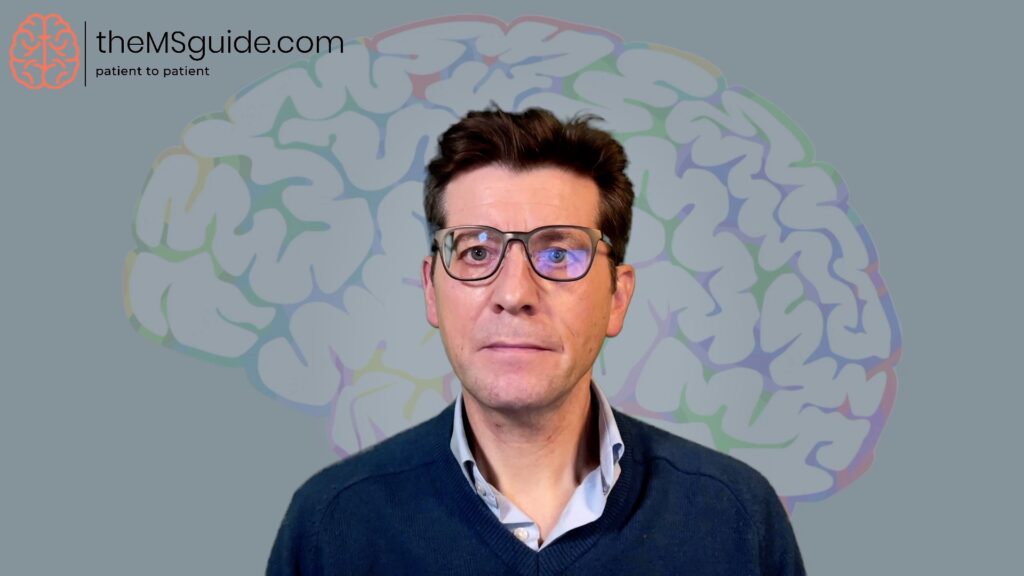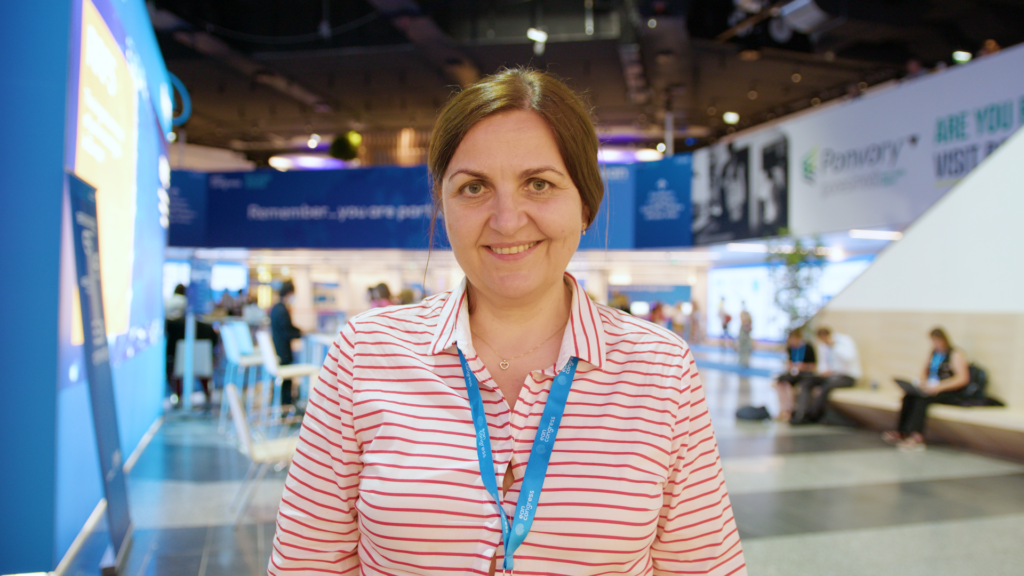The phase III clinical studies Ultimate I (NCT03277261) and II (NCT03277248) evaluate the efficacy and safety of ublituximab in patients with relapsing multiple sclerosis compared with teriflunomide. In this touchNEUROLOGY interview, Dr Enrique Alvarez (University of Colorado, Boulder, CO, USA) discusses the aim, designs and outcomes of these studies as well as the subpopulation analyses conducted on this population. Finally, he describes the impact of ublituximab on clinical practice and what future studies are planned.
The abstract entitled “Disease Outcomes With Ublituximab in Participants With Highly Active Disease: Subpopulation Analyses of the Phase 3 ULTIMATE I and II Studies in Participants With Relapsing Multiple Sclerosis” was presented at the annual American Academy of Neurology (AAN), April 22–27, 2023.
Questions:
- What were the aims, design and eligibility criteria of the phase III ULTIMATE I and II studies? (00:13)
- What were the primary and secondary endpoints and how well were they achieved? (2:29)
- What subpopulation analyse were conducted on participants with highly active multiple sclerosis? (3:00)
- What were the findings of the study in terms of efficacy? (03:45)
- What will be the impact of ublituximab on clinical practice, now that it has been approved? (04:28)
- What unanswered questions remain and what future studies are planned? (05:23)
Disclosures: Enrique Alvarez has nothing to disclose in relation to this video interview.
Support: Interview and filming was supported by Touch Medical Media. The interview was conducted by Marianna Mignani.
Filmed as highlight of AAN 2023.
Transcript:
Hi. My name is Enrique Alvarez, and I’m a Neuroimmunologist at the University of Colorado.
Q. What were the aims, design and eligibility criteria of the phase III ULTIMATE I and II studies?
The main aim of the ULTIMATE I and II studies was to see if ublituximab had a good effect on reducing relapses and MRI and disease activity in patients with multiple sclerosis. The primary and secondary aims were very similar to what we see in most trials of multiple sclerosis. The primary aim was to see if it could reduce the number of relapses in patients who were treated with ublituximab as compared to patients who were treated with teriflunomide. And then the secondary outcomes were, again, very similar to what we see in other studies, including MRI activity and being able to reduce contrast-enhancing lesions in new T2 lesions as well as decreasing, slowing down, the progression accumulation in patients. So, ULTIMATE I and II aim to see if ublituximab could reduce disease activity in patients with MS. The design is very standard for most of the MS phase III trials in that it was double-blind, randomized trials, and it was comparing it with ublituximab compared to teriflunomide. To enter the study, patients needed to be relapsing patients, and they needed to have disease activity with either one relapse in the prior year or two relapses in the prior two years or a contrast-enhancing lesion, particularly for this study, as we will be talking about patients that were highly effective therapy. The criteria for that subset of patients, for that cohort, then involved having to contrast, two relapses in the prior year or a contrast-enhancing lesion in the prior year. Or, sorry, and a contrast-enhancing lesion. So, it was a little bit of a higher bar to meet, that highly active group. And that included about 20% of the patients in the study.
Q. What were the primary and secondary endpoints and how well were they achieved?
The primary endpoint for the ublituximab trials was to see if there was a reduction in annualized relapse rate compared to teriflunomide. The secondary endpoints included a lot of the classic, typical secondary endpoints that we would see with decreasing the number of MRI metrics, such as new T2 lesions, in contrast-enhancing lesions, as well as then the ability to decrease confirmed disability progression in patients.
Q. What subpopulation analyse were conducted on participants with highly active multiple sclerosis?
In this study, then they concentrated on the patients that had more activity, the highly active group, as I discussed before. Then, they looked at the primary and secondary outcomes, as they particularly related to patients who met neither or no evidence of disease activity. And so that included looking at reductions in annualized relapse rates, new T2 lesions, contrast-enhancing lesions and decreasing confirmed disability progression. And then the combination of all those again with the needed outcome.
Q. What were the findings of the study in terms of efficacy?
Overall, in this study, they found, as we might expect, that patients had bigger decreases compared to teriflunomide in patients that had highly active disease, particularly, especially as it related to relapses. There was a big increase in maintaining with a lot of the clinical or the MRI metrics, and then the increase needed to substantially increase from about a 3.5-fold increase in the overall population to about 4.8 times in the highly active patient population.
Q. What will be the impact of ublituximab on clinical practice, now that it has been approved?
Ublituximab was approved in December of 2022 here in the United States, and I think it’s still pending approval in Europe. Ublituximab will add to the armamentarium to be able to fight against multiple sclerosis. I think it is another highly effective therapy for patients, and it gives us another option for patients that may have difficulty with scheduling infusions. It may be a little bit of a cheaper option. We’ll have to see how insurance coverage continues to be for it. But with the shorter infusions and, at least in the United States, the lower wholesale acquisition price may lead to a little bit of a lower price and maybe more accessibility to these types of drugs for patients with MS.
Q. What unanswered questions remain and what future studies are planned?
The unanswered questions, I think, remain a lot of times, as with this drug class, a lot of the long-term outcomes. I think trying to see what the safety signals long term and patients, how long can we use these drugs, how do we monitor them, what’s the right patient population and things like that. I think this study helps to approach some of those questions in the sense of trying to identify that patients with highly active disease are definitely patients that we should be looking at for these types of drugs, even though they have really good effects in all MS patients. The safety of it, I think, becomes important, and I think that’s where the open-label extension studies will be very important. To answer those questions, try to understand what the level, how much of a decrease in immunoglobulin levels, the rates of hypogammaglobulinaemia might be in this drug. I think those are questions that slowly but surely we will be answering as we look at these studies.
Subtitles and transcript are autogenerated












